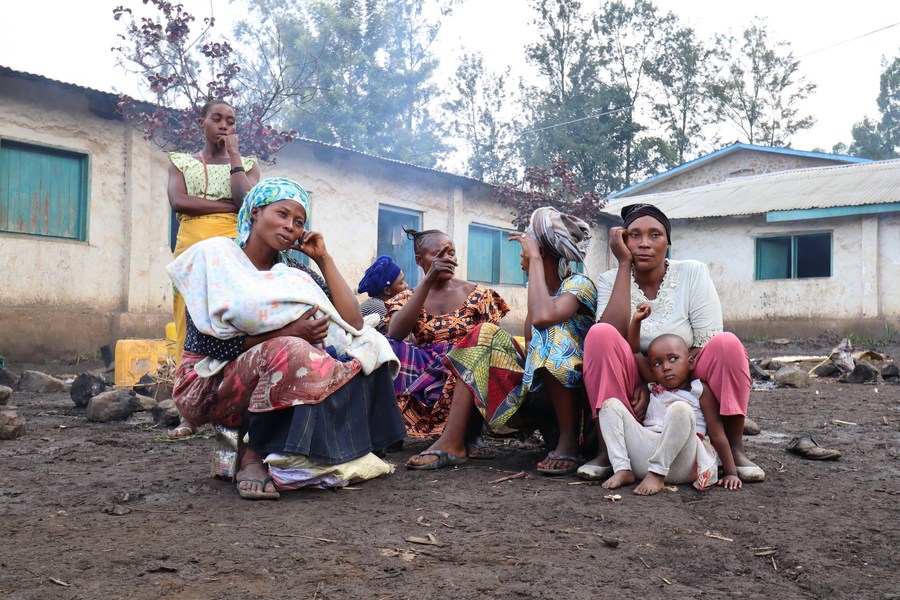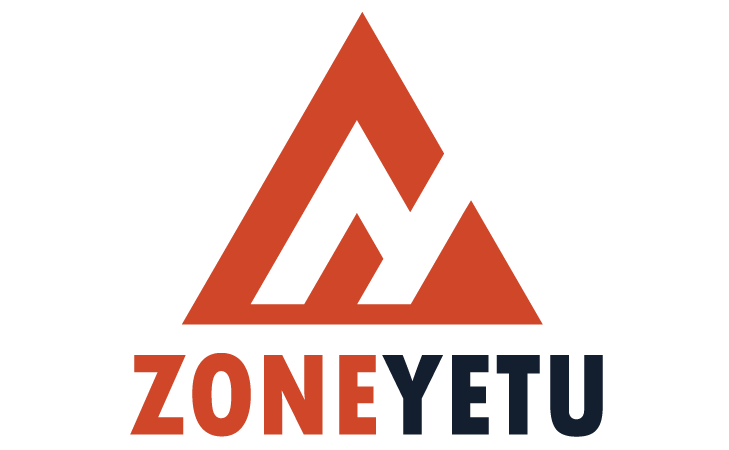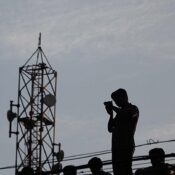
Residents of Minova rebuilt their life following the defeat of the Burundian “invaders”
Bahati, a middle-aged farmer in Minova, responded simply, “Good riddance,” when questioned about the M23’s victory over Burundian and Congolese forces in this lakeside community that serves as a gateway to the South Kivu province.
Speaking to The New Times last week in his hometown of Minova, one of the regions where Burundi had stationed significant forces in support of the FARDC, Wazalendo militia, and FDLR militia—all of which are connected to the 1994 Genocide against the Tutsi in Rwanda—he said, “They are not good people, they chased us from our farms and pushed us into camps.”
The estimated 10,000 combat troops that the Burundi National Defense Force (FDNB) sent to DR Congo to support President Félix Tshisekedi’s military campaign against the M23 occupied a number of strategic high grounds in and around Minova, driving residents from their homes and farms.
Minova is known for its excellent soils and serves as a significant commerce crossroads between North and South Kivu provinces. Prior to Goma’s conquest, fighting closed several of the city’s supply lines, therefore Minova was a major source of supplies to Goma through Lake Kivu.
The Burundians, however, damaged people’s farms when they came here, particularly in the highlands they quickly took over, such as Gatare, Buhamba, Bobandana, and Kasunyu.
The author, from one of the elevated positions that dominate this lakeside community in South Kivu Province, looks down on the low-lying Sake commercial center.
The Burundians collaborated with Congolese forces and various militia groups, including the FDLR, according to locals, particularly establishing outposts in populated areas.
Trenches and ammunition on top of Golgotha
“They sometimes wore similar uniforms, so it was difficult to tell them apart,” remarked a resident of Golgotha, which is located at the base of Bobandana.
According to Sifa Mawulizo, who we discovered cultivating her land on the Gatare slopes, life has returned to normal after the coalition forces were driven out of Minova, with locals “sleeping soundly these days.”
She went on, “We’re back on our farms.” “It’s going great now.”
Espérance Antoinette, 50, stated, “Schools have reopened and we no longer have a food problem.”
The farmer said, however, that teachers have not been paid. “I hope a solution will be found soon by our government.” She claimed to be referring to the M23 administration when we pressed her for clarification. “We are being provided with security by these individuals.”
The New Times discovered that the Burundian army had left behind a number of military trenches and weapons, including unexploded ordnance, at the top of Bobandana/Golgotha.
Additionally, an RPG-7 rocket launcher and both detonated and unexploded bombs were scattered throughout the area. Helmets, empty magazines, and fragments of military tents were also seen.
The sealed boxes of RPG-7 rocket launchers with Burundian labels, which relate to one of the ammunitions we discovered at Bobandana last week, were seen by this reporter during a visit to a Goma armory that was taken for President Tshisekedi’s alliance in February.
From Bobandana Hill in Minova, a farmer talks to The New Times last Saturday, March 22.
“They had heavy weapons,” a local stated, alluding to the Burundian forces that captured Gatare.
It is possible to see caverns and trenches at the summit of this peak.
Burundian forces could observe Rwanda in Minova.
Minova was a region of critical importance for supplies.
In the months preceding the conquest of Goma, the M23 blocked the Minova-Goma Road, allowing the Burundian forces to obtain supplies over Lake Kivu. They would pick them up at Goma’s Gituku port and take them to Kasunyu port, from where they would land transfer them.
Given that the Burundians were able to observe Rwanda from several of the hills they controlled, like Gatare, the Minova hills provided a viewpoint in the overall context.
As we ascended a few of these elevated areas, we occasionally caught a glimpse of Rwanda’s border districts of Rutsiro and Rubavu.
From the summit of Gatare Hill, I could see Iwawa Island in Rutsiro to the southeast, and low-lying Goma and Rubavu to the east.
A former FDLR warrior told this reporter last week that “this posed a direct threat to Rwanda.”
“Keep in mind that the invasion of Rwanda was the top priority for Tshisekedi and his coalition, which included the genocidal FDLR militia, SADC forces, European mercenaries, and Burundian forces. As such, their deployments, whether along the Rwandan border or in key locations like Minova, were intended to aid this goal.”
Additionally, long-range weapons that could hit targets 50 kilometers distant were found to be part of Tshisekedi’s arsenal.
Furthermore, it was estimated that the Burundians, along with their militias and allied forces in Minova, would establish an impregnable defense against northern M23 assaults.
“The first step was supposed to be this.”
“The second was to use Minova as the base for offensives that they hoped would eventually push M23 out of the dominating hills overlooking Minova and Sake and then retake Rubaya and other localities they had lost,” he claimed.
According to the former FDLR fighter, “the Burundians had a strong desire to retake Rubaya because securing it was their primary objective, a kind of obsession.” “It was more akin to a mercenary agreement, which is why Tshisekedi had consented to pay the Burundian president a substantial sum.”
In fact, the M23 commanders who engaged in combat with the Burundian troops later told us that the Minova Burundians were the ones who incited M23 to advance on this town and then Goma in January.
A resolute counterattack
In the highlands north of Minova, Burundian troops and their coalition allies launched an attack on M23 strongholds, which led to a swift and forceful M23 counteroffensive.
After being defeated, the Burundians and their supporters in Minova retreated south toward Kavumu, which made the coalition’s stance on the Goma-Sake axis weaker.
We learned that while the hills of Minova are strategically important and provide a 360-degree perspective, they also provide a logistical issue during our visit of the former Burundian military bases in Minova.
Sharp slopes primarily characterize them, making it challenging to resupply the positions on top.
Also, although positions on top of these hills provide a good perspective of a group of hills north of Minova that were formerly dominated by the M23, they are much shorter.
With relative ease, M23 was able to attack the Burundian forces’ positions in Minova because to hills including Rukara, Nambi, Kayonde, Muremure, and Ndumba.
The former FDLR fighter claimed that “things kept going south for the Burundians.”
It is true that the Burundian troops here, together with their FDLR militia and FARDC comrades who committed genocide, finally left the front lines and fled south.
“We have our Minova back.”
Residents of Minova, who have since gone back to their houses and resumed farming, hope that the quiet they are currently experiencing will last.
As soon as security was restored, they went back to their houses and farms.
Supplies from Goma were sent to the Burundian forces stationed throughout Minova via Kasunyu port (on Lake Kivu in the backdrop).
Relieved farmers in Minova are once again scaling the steep and rich slopes, which probably contributed significantly to the failure of Burundi’s military strategy here.
Espérance declared, “Minova is back, and we are back.”
As she looks at the enormous terraced fields of beans, corn, and cassava that cover the slopes of Minova, as well as the banana plantations, she brightens, “We will soon be harvesting.”
These locals saw the Burundian soldiers on their cherished undulating hills as a sign of suffering and a lack of opportunities.
Sake is the entry point to South Kivu province from the north and is located in Kalehe territory on the eastern coast of Lake Kivu. It is well-known for its fish and cassava-based cuisine.
“They caused us issues.”
“I hope they won’t invade us and take over our lovely hills and farms once more,” Deborah, a 20-year-old mother of one and Espérance’s daughter, continued.
While nursing her infant, she continued, “They caused us problems, but we are now okay.”
Her mother interrupts, saying, “We have security now; we haven’t felt this way in a long time. People who have caused us issues should never be permitted to return here.
While we were driving around, we observed people clearing their roads and complexes as the serious reconstruction of their lives got underway.
Located approximately 45 kilometers west of Goma in Kalehe area, Minova is well-known for its assortment of fish dishes and Kwanga, a classic Congolese meal made from fermented cassava bread.
Our journey on the gravel road, which was reportedly in Masisi area somewhere between Sake and Sasha, took around two and a half hours due to a punctured tire (caused by a bullet we drove over).
However, taking a boat across Lake Kivu’s northernmost region is a far shorter route.
All Categories
Recent Posts
Tags
+13162306000
zoneyetu@yahoo.com



